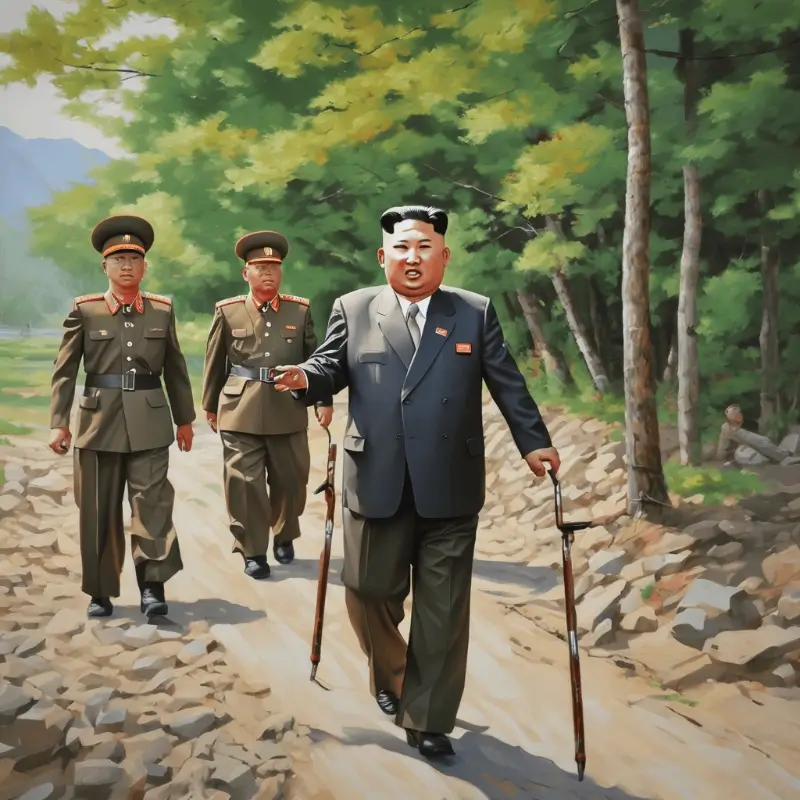why do Japanese visit Yasukuni Shrine?
Yasukuni Shrine, located in Tokyo, Japan, is a memorial site that honors the souls of the fallen in war. Yasukuni Shrine was established by Emperor Meiji in 1869 to enshrine and honor the souls of those who died in service of Japan during wars from the Boshin War of 1868–1869 to World War II. It is viewed by many as a place to pay respects to ancestors and war dead, akin to how other cultures honor their fallen soldiers.
The shrine is particularly significant because it enshrines the souls of Class A war criminals, which includes those who were executed for their roles in World War II. This has made Yasukuni a controversial site both domestically and internationally, as it is seen by some as a symbol of Japan’s past militarism and imperialism.
Despite the controversy, many Japanese people visit Yasukuni Shrine to remember and honor their ancestors who fought and died in the various conflicts throughout Japanese history, particularly those in World War II. The visits are often motivated by a desire to console the spirits of the dead and to reflect on the costs of war.
It is important to note that not all Japanese people visit Yasukuni Shrine, and the frequency of visits has decreased over the years. The Japanese government itself does not officially endorse visits to the shrine, and Prime Ministers have not made official visits since 2003, due to concerns over diplomatic relations with neighboring countries, particularly China and South Korea, who have been critical of the enshrinement of Class A war criminals.



